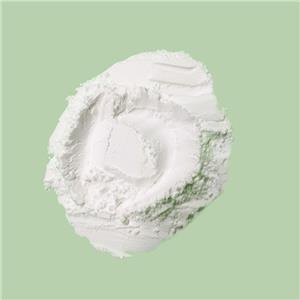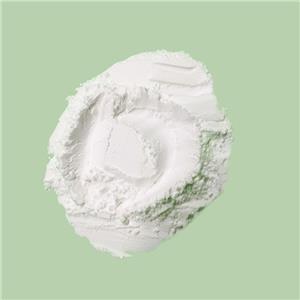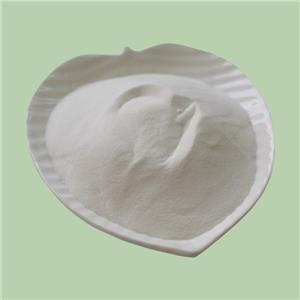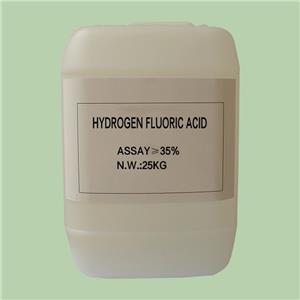Ammonium Fluorosilicate: A Scientific Marvel in Wood Preservation
Wood, a versatile and natural material, has been a staple in construction and various industries for centuries. However, its vulnerability to decay, insects, and fungi poses a challenge for long-term use. In recent times, an innovative solution has emerged—ammonium fluorosilicate, commonly known as ammonium hexafluorosilicate (F6H8N2Si), is gaining attention as a formidable wood preservative. This article aims to demystify the science behind using ammonium fluorosilicate for wood preservation, exploring its mechanisms, benefits, and environmental considerations.

The Science Behind Ammonium Fluorosilicate
Ammonium Fluorosilicate acts on wood by altering its chemical structure, making it resistant to fungi and insects. This transformation occurs through a process called impregnation, where the wood is treated with a solution of ammonium fluorosilicate. The acid penetrates the wood fibers, creating a protective barrier that enhances the wood's durability.
The Wood Preservation Process
1、Pre-treatment: Before applying the preservative, the wood undergoes a pre-treatment phase to remove impurities and contaminants. This step ensures that the surface is ready to absorb the ammonium fluorosilicate solution.
2、Impregnation: The wood is then immersed in or coated with a solution containing ammonium fluorosilicate. This can be achieved through soaking, brushing, or spraying the wood. The duration and temperature of impregnation impact the effectiveness of the treatment.
3、Drying: Once treated, the wood requires thorough drying to allow the preservative to penetrate and fix within the wood structure. Adequate ventilation or other drying methods are employed for this purpose.
4、Curing: In some cases, curing processes follow to further enhance the preservative's effectiveness, ensuring it is firmly fixed within the wood and less prone to leaching.
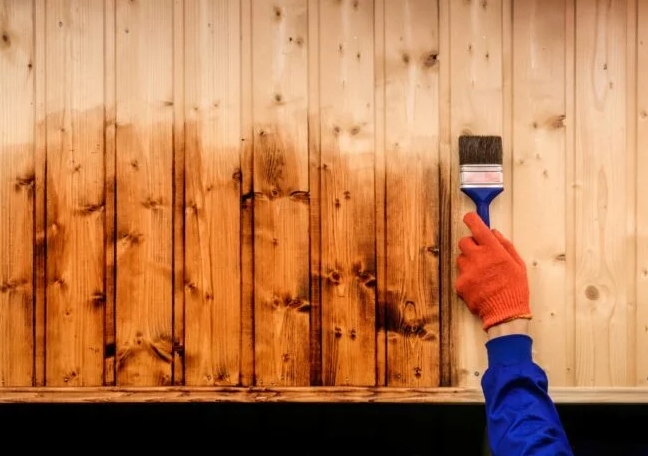
Benefits of Ammonium Fluorosilicate Wood Preservation
● Efficient Decay Resistance: Ammonium fluorosilicate significantly improves the wood's resistance to decay, extending its lifespan and reducing the need for premature replacement.
● Minimal Impact on Wood Aesthetics: Ammonium fluorosilicate has a minimal impact on the color and texture of wood, preserving its natural appearance better than some alternative preservatives.
Environmental Considerations
While ammonium fluorosilicate offers advantages in wood preservation, it is essential to consider environmental and safety aspects. Adherence to regulations and standards is crucial to ensure responsible usage and minimize potential harm to ecosystems and human health.
Ammonium fluorosilicate stands as a promising solution in the realm of wood preservation, providing a balance between efficiency and environmental responsibility. As science advances, embracing innovative methods like ammonium fluorosilicate can revolutionize the way we protect and utilize one of nature's most valuable resources—wood.
- Fluoride Salt
- Ammonium Fluoride
- Sodium Fluoride
- Potassium Fluoride
- Sodium Hydrogenfluoride
- Potassium Bifluoride
- Magnesium Fluoride
- Aluminium Fluoride
- Barium Fluoride
- Lithium Fluoride
- Strontium Fluoride
- Nickel Fluoride
- Zinc Fluoride

